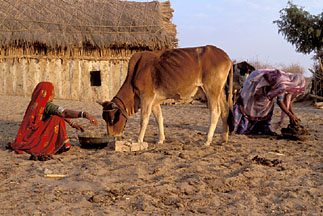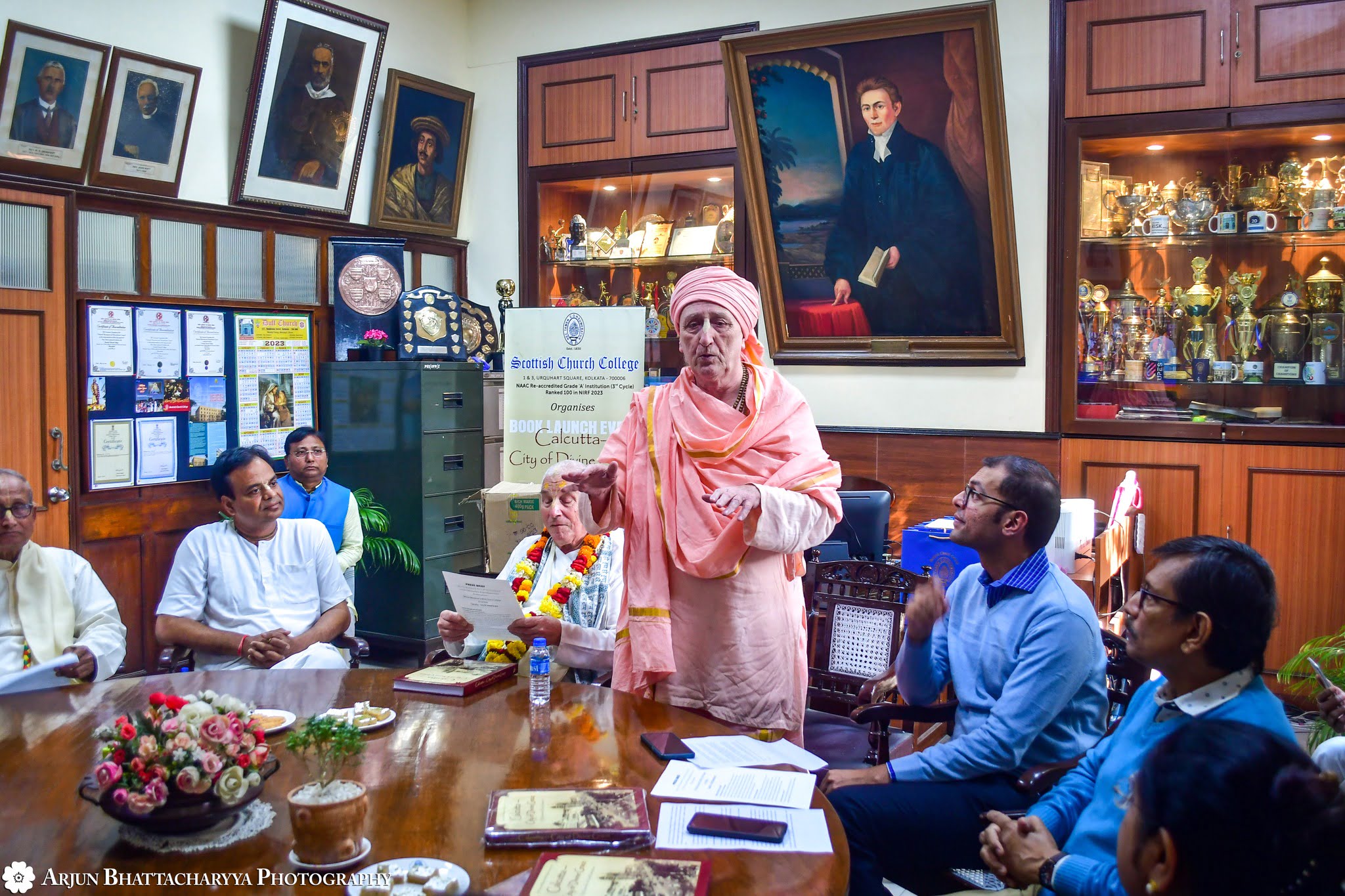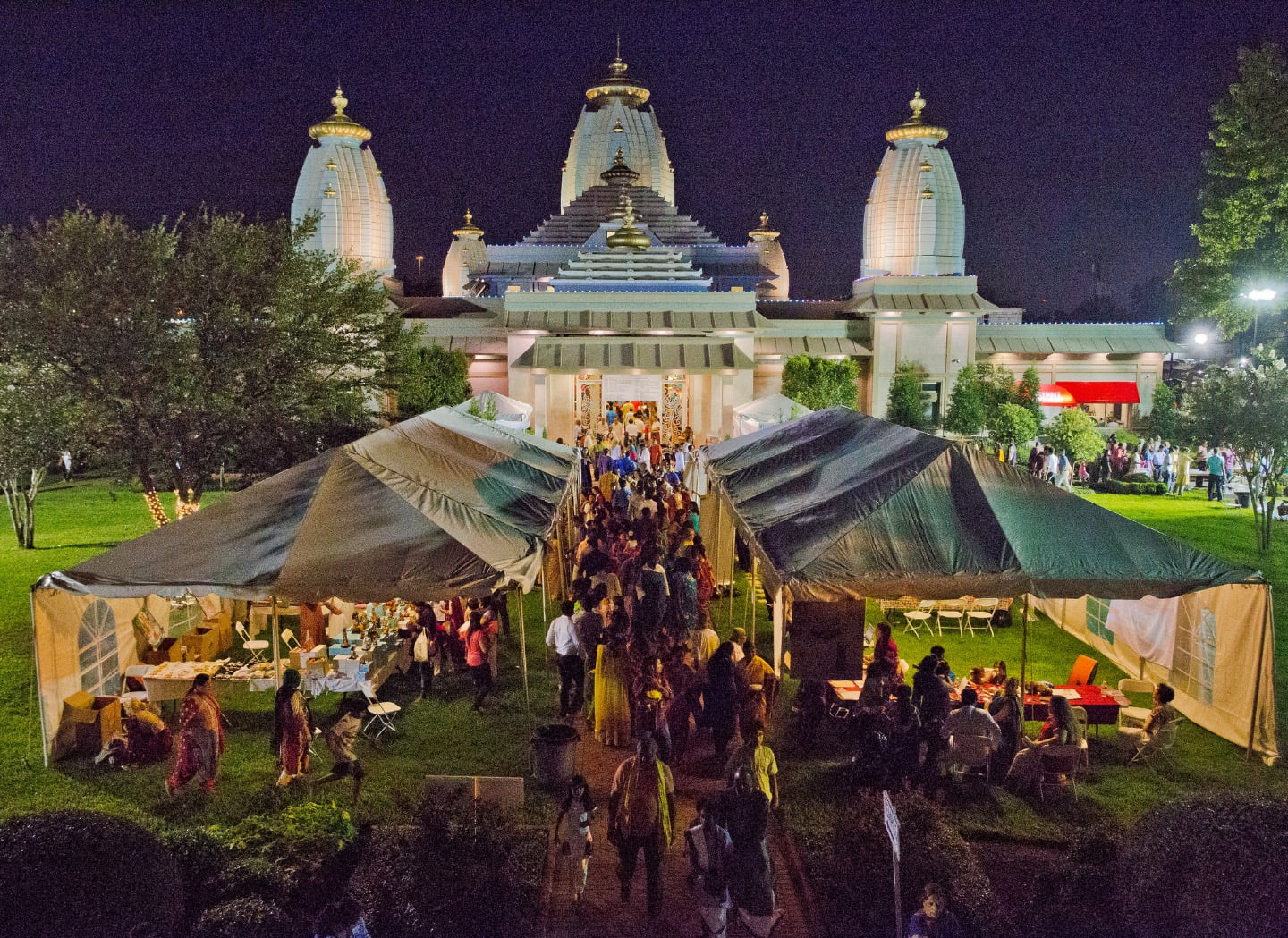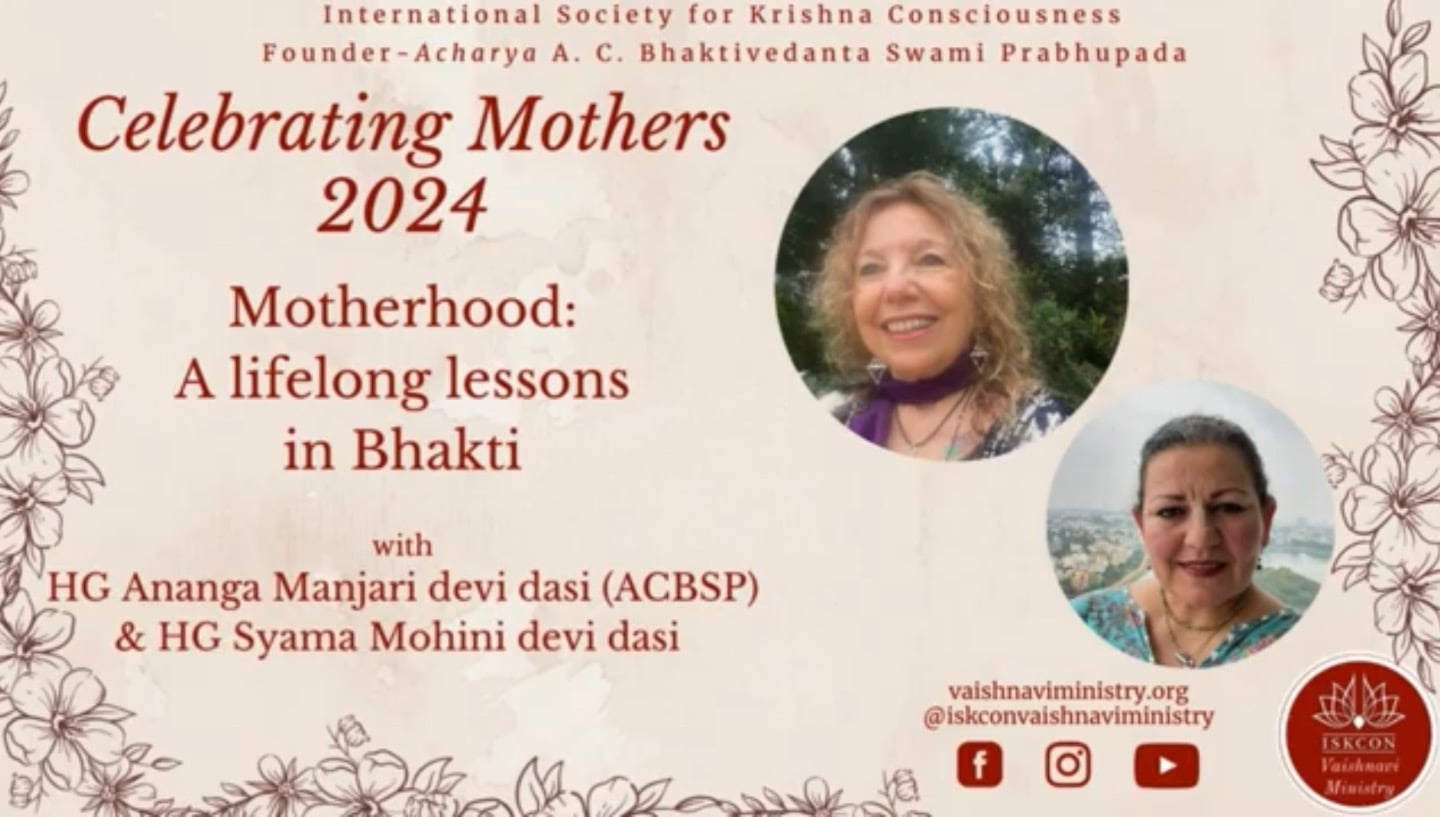A Hindu Sect Devoted to the Environment
By Akash Kapur | Окт 09, 2010

DHUNDLI, INDIA — About three kilometers from this village, across dirt tracks and open scrubland, there is a settlement of seven mud huts bordered by millet and lentil fields. No electricity or telephone poles run to these huts. There’s not a satellite dish to be seen.
In the dry, open land that surrounds the settlement — part of the great Thar Desert that dominates the western part of the state of Rajasthan — black buck deer roam freely, foraging for leaves. They are noticeably bold; they seem unafraid of strangers.
The deer have good cause to feel safe. The settlement — like scores of others that dot this harsh landscape — is populated by members of the Bishnoi, a community that traditionally reveres and protects nature.
Although they are often referred to as a tribe, the Bishnoi are, more properly, a sect within Hinduism. They were founded in the 15th century when a saint laid down 29 precepts for his followers (hence their name: bis means 20 in the local dialect, and noi means nine). Today, there are around 600,000 Bishnoi, spread across northern and central India.
Several Bishnoi precepts are directed at encouraging harmony between man and nature. They include injunctions against eating meat and felling trees, and an exhortation to “be compassionate toward all living beings.”
The Bishnoi are devoted ecologists. Although they are friendly people, full of toothy smiles and warm hospitality, they can also be fierce when defending nature. The Bishnoi of this area have been known to chase down poachers and attack them.
The Bishnois’ ecological ethic represents a remarkable ideology in modern India, where the environment so often seems to take a back seat to the quest for economic growth. Across the country, forests and glaciers are dwindling, air and land are being polluted, and coastlines are disappearing.
A recent World Bank report suggests that environmental sustainability is likely to be “the next greatest challenge” to India’s development in coming years.
I wanted to visit the Bishnoi settlement outside Dhundli because I wondered if their way of life offered a path to sustainability. Historically, India’s environmental consciousness (such as it is, anyway) has often been driven by grass-roots, traditional movements.
Read the rest here: http://www.nytimes.com/2010/10/08/world/asia/08iht-letter.html














